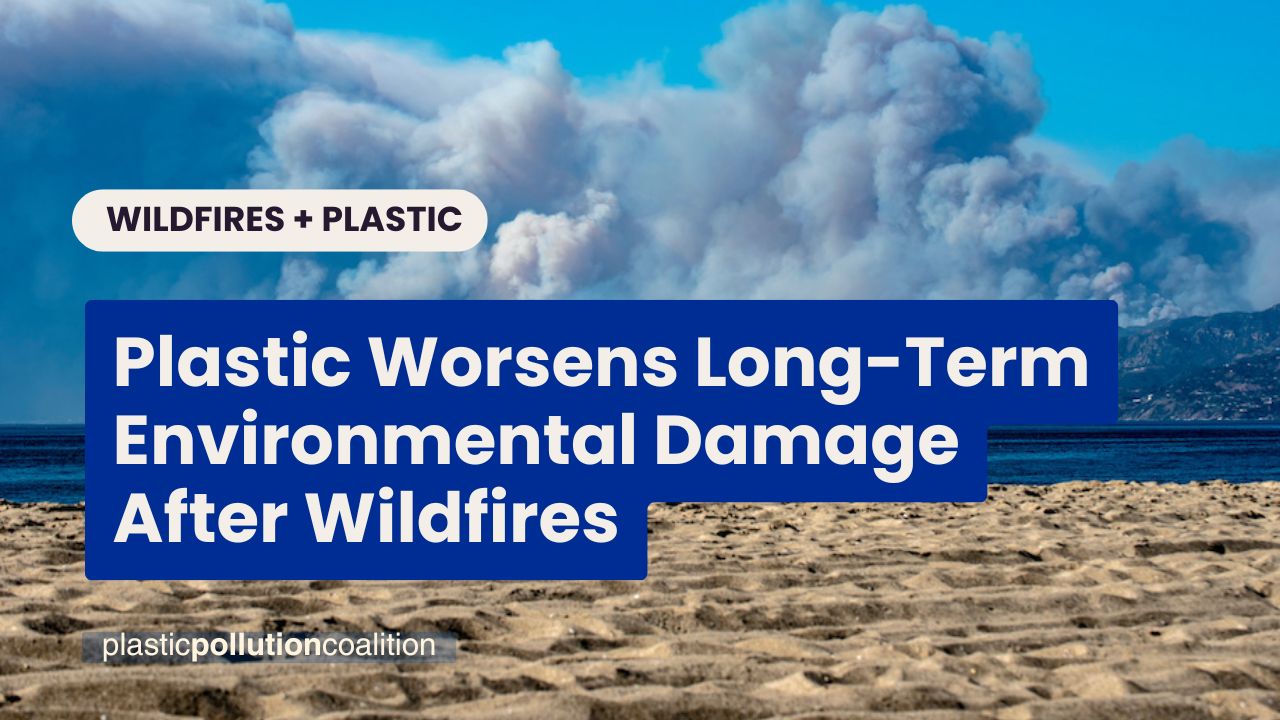Wildfire Aftermath: How Plastic Debris Amplifies Ecological Destruction

The pervasive use of plastics across our built environment and daily lives is silently exacerbating the devastating long-term ecological consequences of wildfires. As these synthetic materials become increasingly ubiquitous in construction, consumer products, and infrastructure, they create a complex environmental challenge that extends far beyond the immediate destruction of flames.
When wildfires sweep through landscapes, the plastic materials present—from building components to household items—break down into harmful microplastics and toxic chemical compounds. These residual fragments infiltrate soil, water systems, and ecosystems, creating a lasting environmental footprint that can persist for decades after the initial fire event.
The interaction between wildfire heat and plastic materials triggers chemical transformations that release dangerous pollutants, further compromising environmental restoration efforts. This hidden environmental threat underscores the urgent need to reconsider our reliance on plastic materials and develop more sustainable alternatives that can better withstand and minimize ecological damage during extreme environmental events.
Researchers and environmental experts are increasingly calling for comprehensive strategies that address both wildfire prevention and the reduction of plastic-based materials in vulnerable regions, recognizing the intricate relationship between human-made materials and natural ecosystem resilience.
